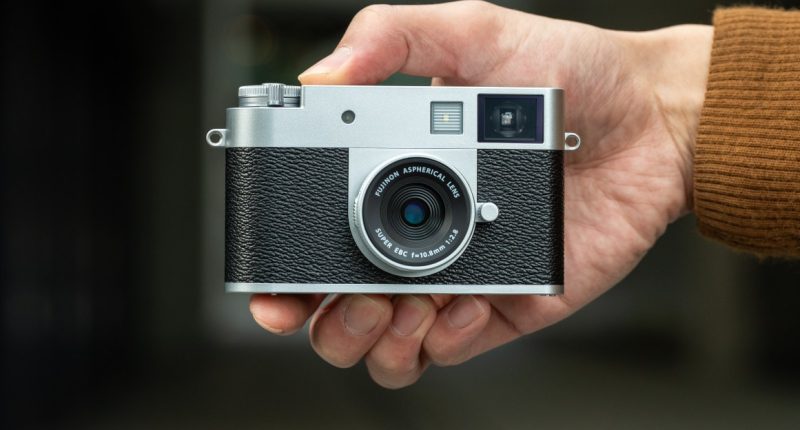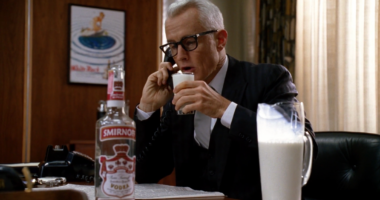Share this @internewscast.com
Fujifilm is set to introduce a compact member to its X-series lineup this June: the X Half. This camera features an 18-megapixel “half-frame” sensor, oriented for portrait photography, alongside a viewfinder and a fixed 32mm-equivalent f/2.8 lens.
Although it’s a digital camera, the X Half is crafted to evoke the essence of vintage film. Priced at $849.99, it prioritizes an analog vibe so much that it includes a secondary display solely for selecting from 13 film simulation modes. Notably, this camera does not support RAW photo capture, focusing instead on delivering JPEG images for a straightforward, what-you-see-is-what-you-get approach.
Fujifilm’s interpretation of a half-frame diverges from the usual definition. Traditionally, a half-frame film camera like the Pentax 17 creates photos measuring 18mm x 24mm (half the size of the full-frame or 35mm format). However, the X Half is equipped with a 1-inch-type sensor that measures 8.8mm x 13.3mm, which is about half the dimensions of the APS-C sensors found in other Fujifilm models like the X100VI and X-T5. So, technically, it fits the half-frame category.
But like the Pentax 17 and other actual half-frame cameras, the X Half is all about taking casual, fun snapshots and bringing it with you everywhere. It weighs just 8.5 ounces / 240 grams and is small enough to fit in most small bags or even some oversized pockets. The X Half is close in size to a traditional disposable camera, but unlike a one-time-use film camera it has a proper glass autofocusing lens with aspherical corrections, and it even shoots some basic 1080 x 1440 video. (Though, in my briefing on the camera, Justin Stailey of Fujifilm North America described the lens as having “some character.” Which is often a colorful way of saying the lens isn’t the sharpest.)
Once you take some shots via the X Half’s traditional optical viewfinder (that’s right, there’s no EVF or hybrid finder here) or its portrait-orientation 2.4-inch touchscreen, you can connect to a dedicated smartphone app (launching slightly after the camera) for extra functions. You can create your own two-up diptychs like a traditional half-frame camera, though here you can pick out the two side-by-side pictures, or you can opt for two videos or one picture and one video.
Fujifilm has baked other analog-inspired features into the X Half app, like a Film Camera Mode that collects your next 36, 54, or 72 images and arranges them into a contact sheet. But the film nerdiness goes deeper than that, as the digital film strip will be branded with the film simulation you used. There’s even a faux film advance lever for making diptychs, and in Film Camera Mode it forces you to use it between taking each shot.
You can lean further into the film kitsch by adding filters, like a light leak effect, expired film look, or a ’90s-era time and date stamp to the corner. Of course, since the camera does not shoot RAW, your chosen filter and film simulation are fully baked into the JPG file. You can’t undo any of them or change it later in post-processing like you’d normally be able to with a RAW.
Fujifilm is certainly taking a unique approach with the X Half, trying to capture the interest of younger photo enthusiasts who in recent years have been drawn to the imperfections and vibes of vintage film and aging point-and-shoot digital cameras. I don’t know how many of them will be jumping at the opportunity to scratch that creative itch with an $850 camera compared to alternatives costing a fraction of that — like a $70 Camp Snap for digital or any 35mm disposable film camera for $10 to $20 — but even if it’s half the fun I had with the Pentax 17 it should prove a good time.








